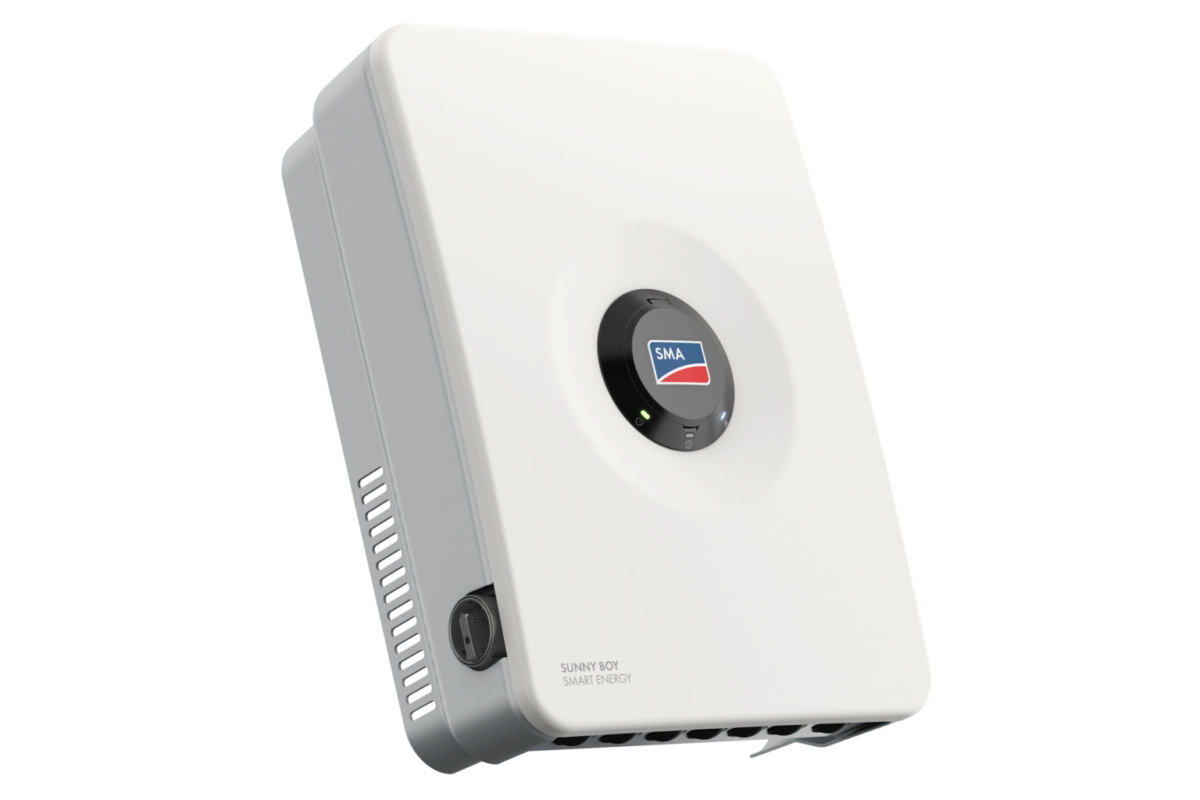Researchers from India have developed a novel PV-powered open-ended winding induction machine (OWIM) for agriculture water pumping.
In an OWIM system, the endpoints for each phase are separated, allowing more flexible motor control and operation. “This configuration facilitates optimum arrangements of solar panels, eliminating the need for large strings and enhancing the performances of the solar systems by enabling a wide operating voltage range,” explained the research group. “Additionally, the reduced potential ratings of the DC-linking capacitances and switching elements in the scheme leads to cost savings.”
The scientists conducted numerical modeling of the system via MATLAB software. It consisted of PV panels with a combined capacity of 3.65 kW, double-inverters enabling the functionalities of three-level inverters while utilizing a lower value DC-bus voltages, and a 3-phase OWIM with 4.2 kW pumping drives. Furthermore, they included a maximum power point tracking (MPPT) controller utilizing pulse width modulation (PWM) and modified particle swarm optimization (MPSO) algorithms.
“This algorithm creates the needed PWM controller pulses for the segmental dual inverters,” they stressed. “The MPPT technique maximizes power extraction from the solar source for efficient utilization. The PWM integrates V/f controls, maintaining fixed valued flux in the machine to optimize torque capability. This ensures peak utilization of the PV source in pump drive applications where torque is speed-dependent.”
This switching algorithm is reportedly able to calculate the gating time for the top switches of one of the two inverters, while the gating period for the second inverter is directly attained utilizing its triggering time. “Notably, the controller system only necessitates detecting solar voltages and current, resulting in a reduced number of sensors, thereby improving system simplicity and cost-effectiveness,” the research group emphasized.
The academics simulated the performance of the system under different conditions, such as temperature and irradiation. “A notable observation is the presence of rippling content in the torque waveforms and motor phase current, which directly corresponds to milliampere. The torque rippling is highly pronounced under reduced insolations conditions and diminishes as insolation rises,” they said.
Moreover, they found that system performance as total harmonic distortion (THD) improves with higher PV power. “By examining the result, one can observe the dynamic behavior of the system, illustrating how the proposed solution utilizing OWIM and double inverters responds during operation,” they concluded.
Their findings were presented in the paper “A novel approach for solar combined open-ended winding induction machine for agriculture water pumping applications,” published on Measurement: Sensors. The research was conducted by scientists from Inbdia’s Karunya Institute of Technology and Jyothi Engineering College.
This content is protected by copyright and may not be reused. If you want to cooperate with us and would like to reuse some of our content, please contact: editors@pv-magazine.com.



1 comment
By submitting this form you agree to pv magazine using your data for the purposes of publishing your comment.
Your personal data will only be disclosed or otherwise transmitted to third parties for the purposes of spam filtering or if this is necessary for technical maintenance of the website. Any other transfer to third parties will not take place unless this is justified on the basis of applicable data protection regulations or if pv magazine is legally obliged to do so.
You may revoke this consent at any time with effect for the future, in which case your personal data will be deleted immediately. Otherwise, your data will be deleted if pv magazine has processed your request or the purpose of data storage is fulfilled.
Further information on data privacy can be found in our Data Protection Policy.